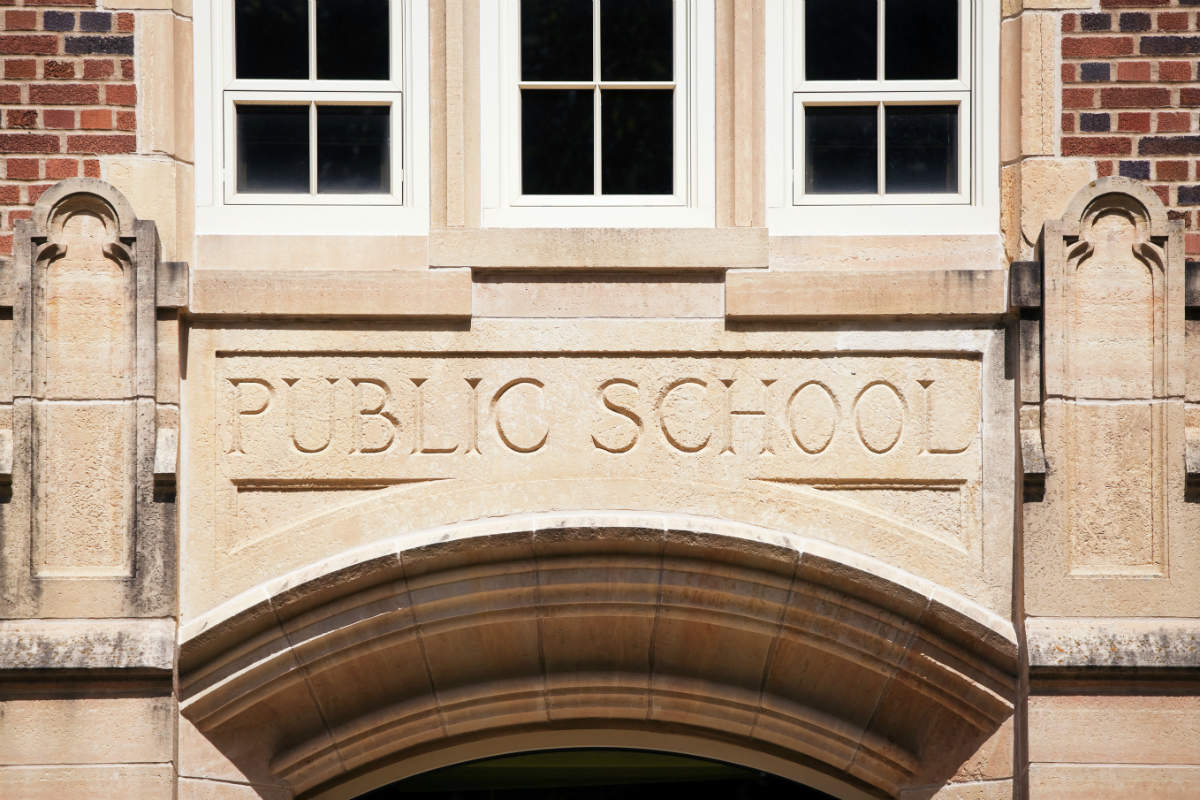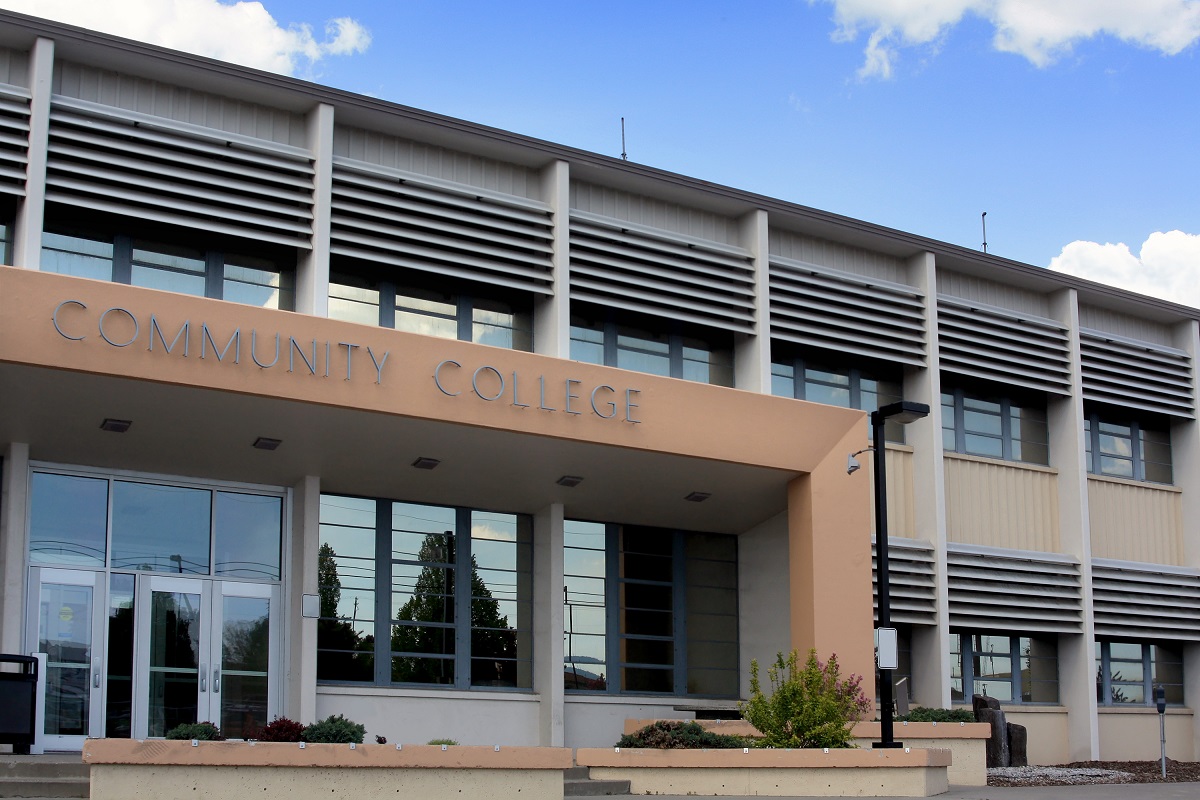Innovating High School Math Through K–12 and Higher Education Partnerships, a new report published by Policy Analysis for California Education (PACE), explores six partnerships between high school math specialists and university faculty working to increase equitable access to advanced math classes for students.
Even with substantial evidence around the benefits of taking advanced math in high school — such as positive associations related to college enrollment and completion and the ability to earn a higher income as an adult — there is inequal access to, and success in, taking the courses.
According to the report, roughly half of high school seniors in California are enrolled in advanced math and about 25 percent don’t take math at all. In higher level courses, Asian American and white students are overrepresented, researchers found, while Black, Latino and low-income students were overrepresented in lower-level math.
“Disparities in advanced math course-taking and readiness for college-level math are the result of systemic inequalities in educational opportunity,” the report states. “The shortage of highly qualified math and science teachers as well as an inequitable distribution of resources often limit students’ access to high-quality, engaging math instruction during the early and middle grades, resulting in many being poorly prepared for more advanced courses.”
Course availability and academic supports depend on which high school a student attends, and schools that primarily serve low-income students often have fewer advanced offering and college prep resources. “Disparities in advanced math course-taking within schools may also be the result of unequal advising, outdated placement practices, and ill-planned course scheduling,” the report adds.
In an effort to increase equitable access to advanced courses, the intersegmental partnerships are creating and implementing math classes for high schoolers that can serve as an alternative to traditional advanced math with a goal of growing students’ confidence in mathematical problem-solving, quantitative reasoning and to “demonstrate a greater relevance of math in everyday life to help students succeed in postsecondary education and beyond.”
The report considers the partnerships’ work to start the advanced innovative math (AIM) courses for high school seniors.
Findings
The alternative classes target students who want to attend college but might not otherwise take math in their senior year due to a lack of confidence, interest or poor advising and course placement.
California State University institutions in San Diego, Sacramento, Northridge and Monterey, Cal Poly Pomona and University of California, Los Angeles, have partnered with 53 K-12 districts throughout the state. The universities, along with their individual district partners, have specific focuses for their AIM courses including discrete math for pre-college students; introduction to data science; mathematical reasoning with connections; quantitative reasoning with advanced mathematical topics; transition to college math and statistics; and transition to college-level math. (Case studies that detail each AIM course are available on PACE’s website.)
Researchers found common features that helped to make the partnerships successful, including investment of state resources, having a shared purpose, a commitment to equity, community building aspects, capacity development and improved educational outcomes.
Overall, participation in the alternative classes has proven positive for students.
“Quantitative analysis indicates that enrollment in an AIM course increases the likelihood that students will complete course requirements for California State University or University of California eligibility by 3–10 percentage points, and, in some cases, improves high school math grades. Enrollment in an AIM course also increases the likelihood of attending college,” according to the report.
Some areas for continued collaboration on high school advising and counseling practices, with teacher preparation programs, on aligning high school math courses with college admissions policies and practices, and continued investments were also identified.
“Although evidence clearly indicates success for these intersegmental partnership efforts, truly innovating and diversifying advanced math pathways for high school students requires continued investments of political will and financial resources as well as ongoing coordination among segments of the education system,” the report states.





